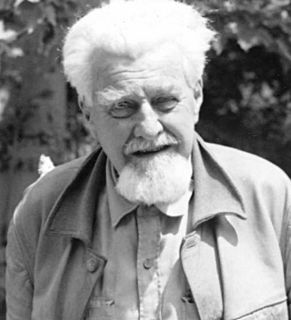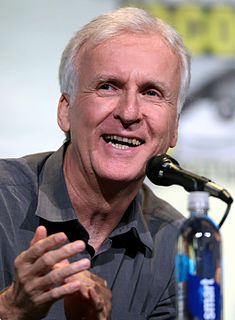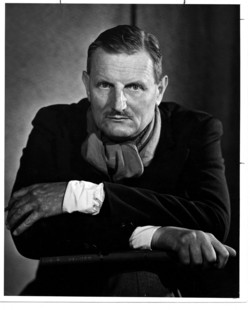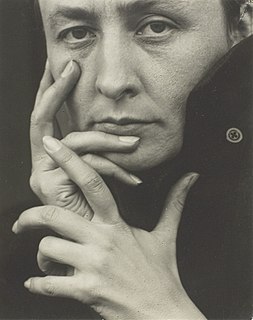A Quote by Gerhard Richter
Almost every work of art is an analogy. When I make a representation of something, this too is an analogy to what exists; I make an effort to get a grip on the thing by depicting it. I prefer to steer clear of anything aesthetic, so as not to set obstacles in my own way and not to have the problem of people saying: 'Ah, yes, that's how he sees the world, that's his interpretation.'
Related Quotes
... one of the main functions of an analogy or model is to suggest extensions of the theory by considering extensions of the analogy, since more is known about the analogy than is known about the subject matter of the theory itself ... A collection of observable concepts in a purely formal hypothesis suggesting no analogy with anything would consequently not suggest either any directions for its own development.
I think it's important to reason from first principles rather than by analogy. The normal way we conduct our lives is we reason by analogy. [With analogy] we are doing this because it's like something else that was done, or it is like what other people are doing. [With first principles] you boil things down to the most fundamental truths…and then reason up from there.
Our task is not to find the maximum amount of content in a work of art, mush less to squeeze more content out of the work than is already there. Our task is to cut back on content so we can see the thing at all. The aim of all commentary on art now should be to make works of art - and, by analogy, our own experience - more, rather than less, real to us.
I like the boundaryless potential you get when you make work for a context that is open to interpretation. Thinking about an art context is too claustrophobic, though. I always hope that at least half my audience is not directly related to the art world. I use art as a balancing act. It's a good way of avoiding everyday chores and social obligations.
Don't get seduced by your own stuff. Don't get high on your own supply. The hardest thing as a filmmaker is when you're watching a film that you've worked on for several years. You know every frame so intimately that holding lots of the objectivity of a new viewer who has just seen it for the first time is the hardest thing. Every aesthetic decision you make - and you make thousands of them every day, have to - in theory, must be done from you being a blank slate. You almost have to run a program, like a mind wipe, every time you watch the movie.
Then when dusk began to settle he would retrace his steps, back to his own world. And on the way home, a loneliness would always claim his heart. He could never quite get a grip on what it was. It just seemed that whatever lay waiting "out there" was all too vast, too overwhelming for him to possibly ever make a dent in.
In most modern instances, interpretation amounts to the philistine refusal to leave the work of art alone. Real art has the capacity to make us nervous. By reducing the work of art to its content and then interpreting that, one tames the work of art. Interpretation makes art manageable, conformable.
I still really love the world and the universe and the mythology of 'Halo.' If I was given control, I would really like to do that film. But that's the problem. When something pre-exists, there's this idea of my own interpretation versus 150 other people involved with the film's interpretation of the same intellectual property.
perhaps there is something more than courtesy behind the dissembling reticence of childhood. ... Most artists dislike having their incomplete work considered and discussed and this analogy, I think, is valid. The child is incomplete, too, and is constantly experimenting as he seeks his own style of thought and feeling.



































